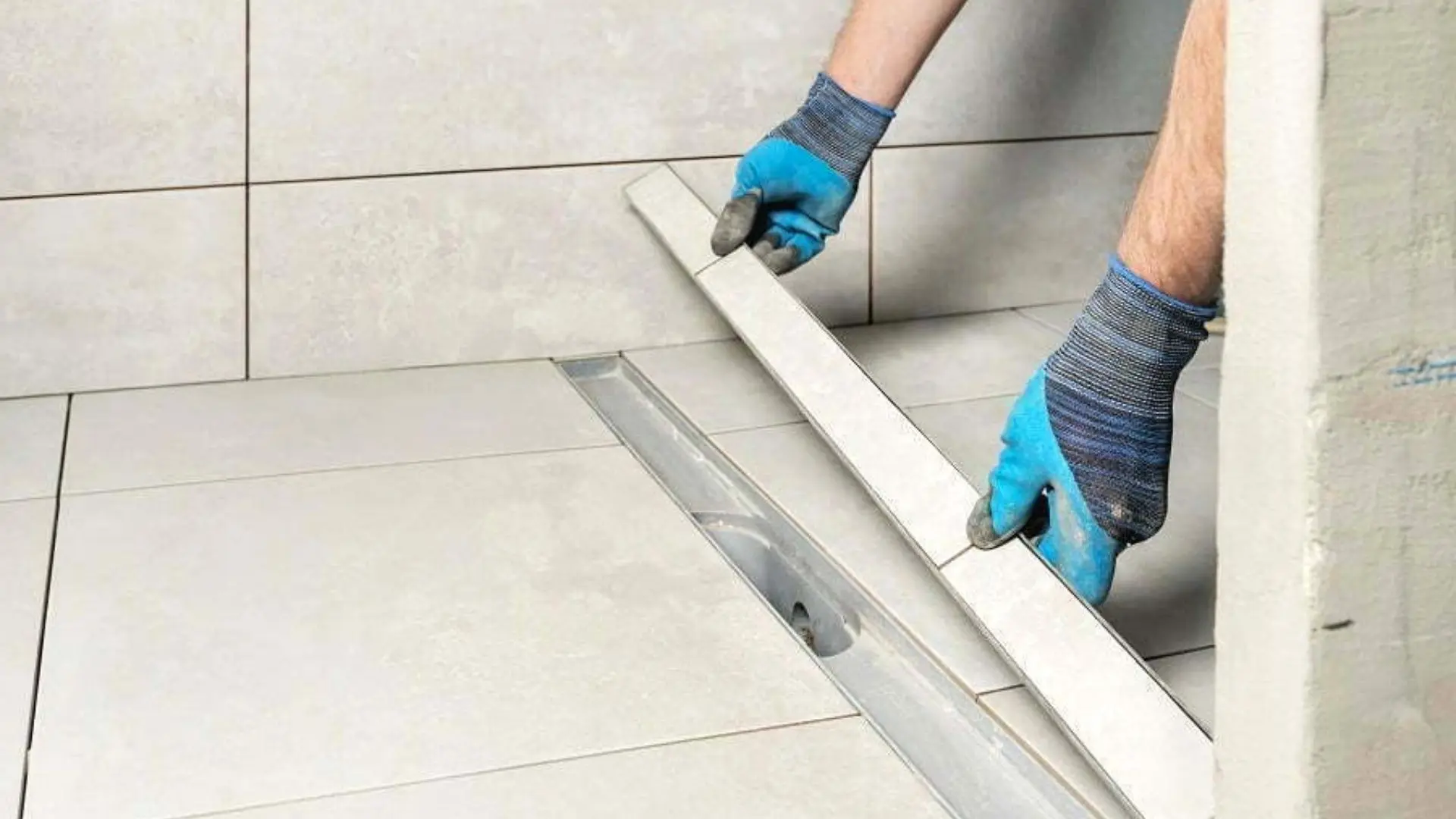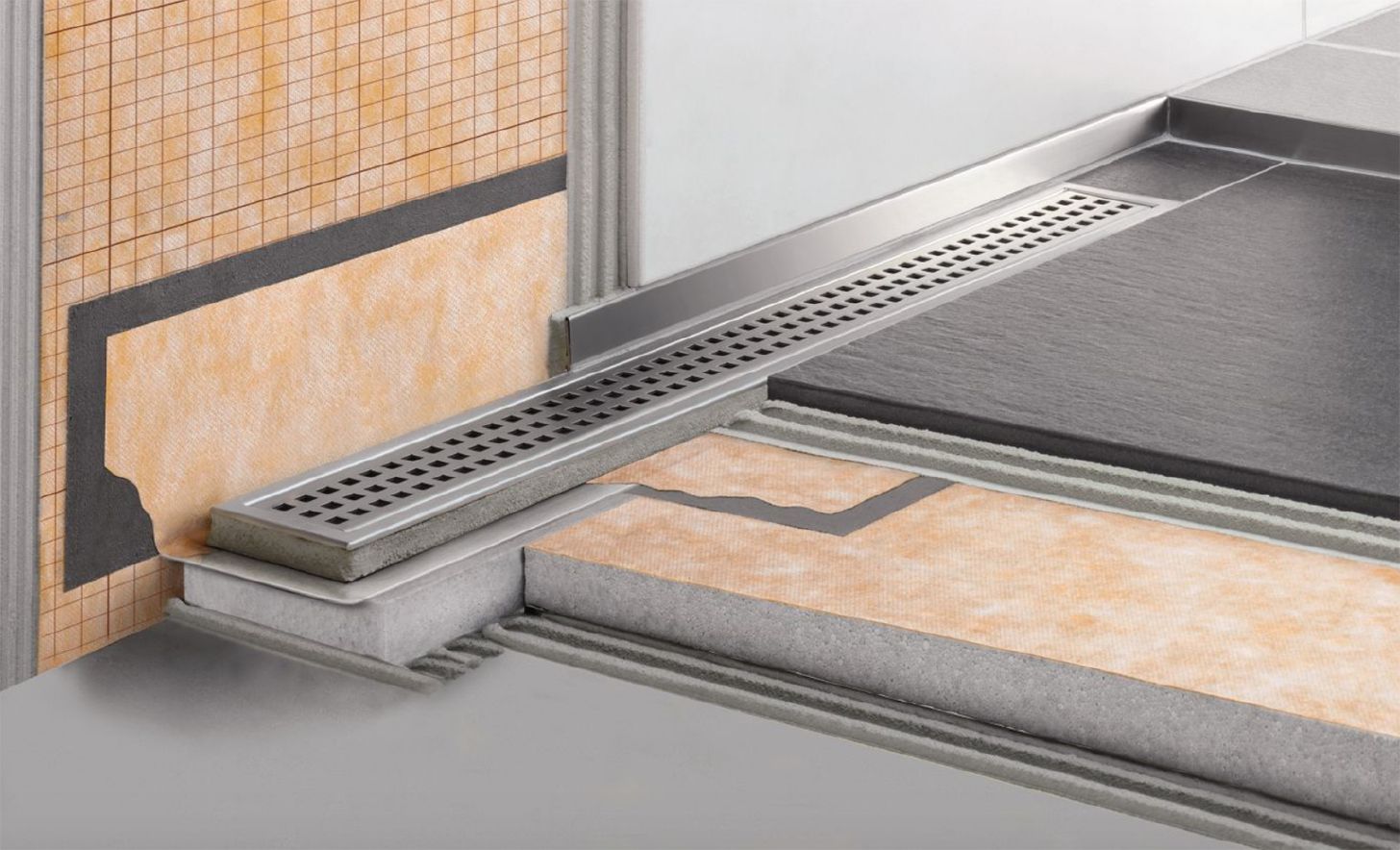How do you actually feel when it comes to How to Install a Shower Drain in a Basement?

Updating a bathroom is just one of the a lot more preferred house renovation projects. Handling the plumbing for draining your shower can be exceptionally straightforward unless you overdo it.
Handling Your Own Shower Drainpipe Installment Job
You can literally build a collector for your new shower, but you really require to think of it. Do you actually intend to enter the complications of obtaining the sloping appropriate, as well as making certain every element of it is water-proof? And also I suggest every aspect! It is a lot easier to merely purchase a pre-cast collection agency online or at your regional copyright, Home Depot or hardware store. Building one could seem like a wonderful suggestion, however you will most likely feel differently after a couple of hours.
No matter just how you set about getting a frying pan, you must make every effort to use one that has the drain located in the very same spot as the initial frying pan. Moving the drainpipe pipes can be a job, especially if the builder made use of an one-of-a-kind framing framework. If you are figured out to move the drainpipe, you are going to need to cut down the pipe or extend it, which may suggest ripping up large pieces of the floor. Put another way, you are going to be taking a look at a numerous weekend task.
Assuming we have our drainpipe lined up, the real connect is rather easy. The water drainage pipe ought to be dealing with vertical as much as the collector. It will certainly frequently resemble a "U", which means it works as a cleanout to keep nasty scents from coming back up from the drain. To attach the drain, you are going to produce a water limited connection between a drainpipe cap on the top of the frying pan and the drain pipeline. Solutions differ, but you are normally going to do this by putting a combining piece on the top of the drain pipeline. This is then covered with gaskets as well as actually screwed right into the drainpipe cap. The drain cap must work as a locknut, to wit, it screws directly onto the coupling.
The difficult part of this procedure is obtaining your drainpipe cap to suit a water tight position in the pan. This is achieved by withdrawing the drainpipe cap once you are sure whatever meshes. Then, you placed plumbing technicians putty around the bottom of the cap and afterwards screw it back on. The putty should form a limited seal in between the cap and the shower pan, which maintains water from dripping under it and also right into the mounting under the shower.
Obviously, bathroom showers come in a wide array of designs nowadays. If you acquire a collector, they generally featured plumbing directions or the shop can note anything uncommon you need to know. It sounds complex, however is normally rather easy. Have fun!
Whether you are a bathtub or shower person, the majority of people try to find shower only choices when purchasing a home. This easy fact suggests greater than a couple of property owners spend a weekend upgrading or setting up showers in their bathrooms. The good news is for you, it is a fairly basic process.
A collector or frying pan describes the straight surface located at the bottom of the shower. The enthusiast usually contains a non-slip surface area slightly banked towards the facility or wherever the drainpipe lies. Integrated with three to 4 inch walls around the side, the goal of your shower water drainage plumbing is to obtain the water to stream to and down the drain.
Tips for Installing a Shower Drain Assembly
Renovating a bathroom can be exciting as well as fulfilling if you’re tackling the job DIY-style. After you cross off the bigger decisions such as tile style, paint colors, and fixtures, you’ll need to finalize smaller details – such as the shower drain. In this article, we’re sharing some tips for selecting and installing the right drain assembly for your updated shower.
What is a shower drain assembly?
Shower bases or pans typically only come with a pre-drilled drain hole. Since the pan slopes toward the drain, you should consider the placement – left, center, or right – when designing your shower. You’ll need to purchase and install a shower drain assembly that connects the shower pan to the drain pipe underneath the shower. There are a few types of assemblies, which will be covered below.
Size of a shower drain
When it comes to installing drains, size matters. The recommended pipe size for a shower drain is 2 inches, whereas most tubs use 1.5-inch pipes. Why the difference?
Shower pans are shallower than tubs, so there’s a higher risk for overflow. So, the larger pipe allows for quicker draining. If you are replacing an old tub with a newer stand-up shower, you will need to make additional plumbing adjustments to accommodate the 2-inch pipe.
Types of shower drain assemblies
There are three common types of shower drain assemblies: compression shower drain, solvent-glue shower drain, and tile shower drain. The layout, design, and materials of your shower can determine which type of shower drain assembly will work best.
Compression shower drain
This type of assembly attaches to the drain pipe with compression washers and nuts. The drain fitting is typically installed into the base, and then the base is installed into the bathroom floor. This makes compression-style drains easier to install than other options, particularly if you don’t have easy access from the floor under the shower base. Drains are available in a wide range of materials such as PVC (polyvinyl chloride), ABS (Acrylonitrile Butadiene Styrene), and brass, and can be used for acrylic, fiberglass, and steel shower bases.
Solvent-glued shower drain
Made of either polyvinyl or ABS, this type of shower drain is sealed to the drain pipe with solvent glue and silicone. Since you’ll be working underneath the drain pan, we only recommend using this type of drain if you have access under the shower, such as from a basement or crawlspace. It’s also important that you match the type of plastic of the drain with the drainpipe. If you take these precautions, you can install a solvent-glued drain assembly with acrylic, fiberglass, and steel shower bases.
Tile shower drain –
Drain assemblies for custom tile showers feature a waterproof membrane liner placed between two flanges. The tile is installed on top of the liner, collecting any water that seeps through the porous grout. A metal strainer is installed in line with the tile over the drain.
https://www.epshawaii.com/blog/tips-for-installing-a-shower-drain-assembly/

I'm certainly very enthusiastic about How to Choose the Best Drain for Your Shower and I really hope you appreciated my entry. Sharing is caring. Helping others is fun. Thanks for your time. Come back soon.
Comments on “Taking On-Handling-Managing Your DIY-Do-It-Yourself-Self-Installed Shower Drain-Bathroom Drain-Drainage System Installation-Setup-Project”